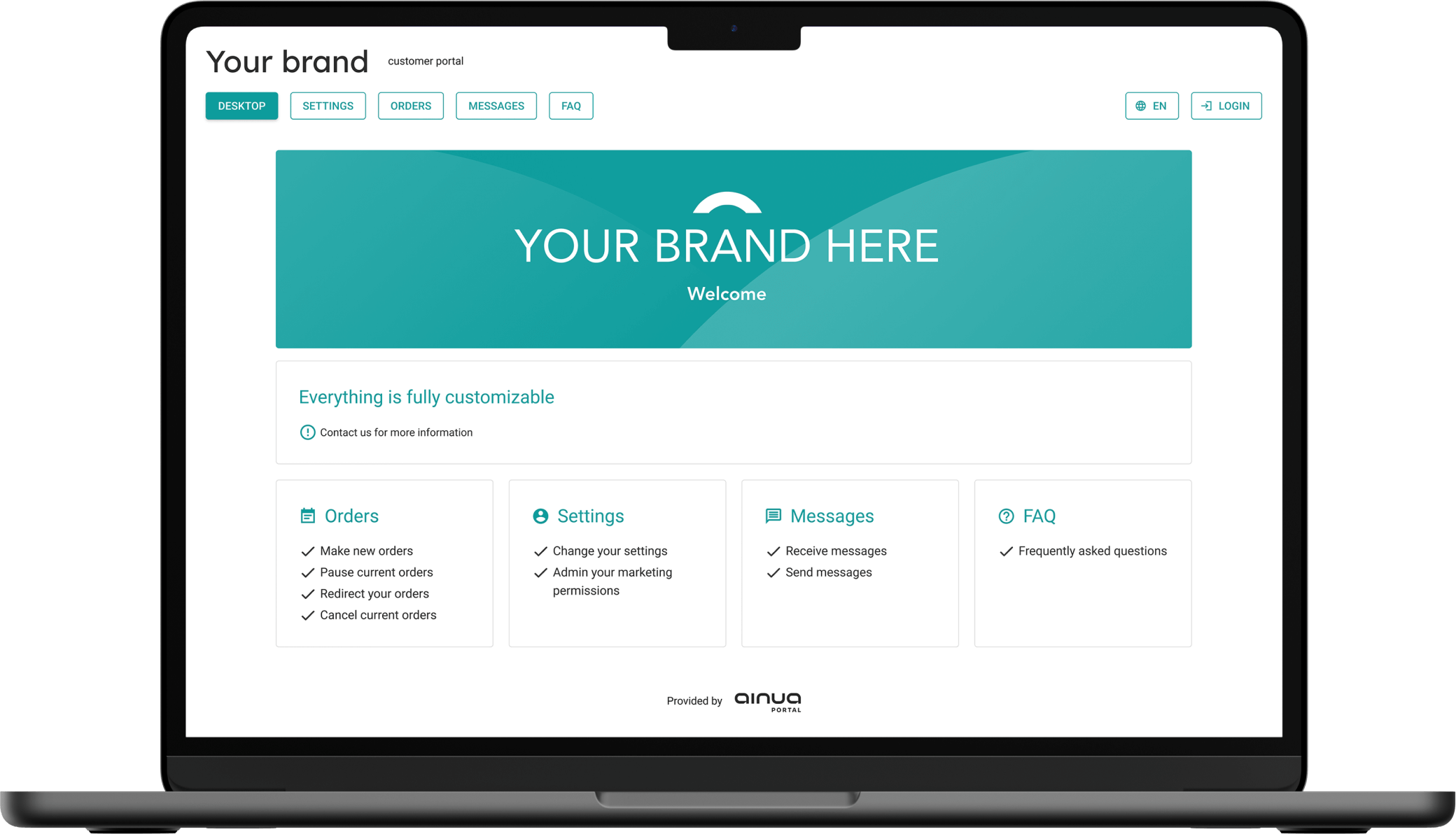Solutions
Solutions for digitalization
Easy-to-integrate, no-code platform that provides one place for all the customer-related information to the customer or partner of the company.
Solution is cost-effective for large companies but focuses to SMBs, of which the solution helps most.
Services
Services from architecture to implementation
Preparation
Architectural analysis and vision
- Analysing the information streams and used solutions against current or future business needs (ICT + ways of working)
- Creating vision and recommendations for improvements (ICT and ways of working)
- Concrete outcome: Architecture illustration both for the current state and vision and list of concrete proposals if so agreed
Architecture
- Creating technical architecture based on architectural vision
- Selecting and/or finding possible options for technical environments and tools best suited for companys needs and availability of skills for the work
- Finding acceptance and organizing reviews for the architectural decisions from area experts
- Guiding the implementation basing on the selected technologies
- Creating plans for ramp-up and possible old system ramp-downs
- Concrete outcome: Reviewed decisions on the technologies
Planning
Implementation
Project leadership
- Running the practical daily operations within the project
- Ensuring availability of required skills for the project
- Resolving needs from the project team and stakeholders to ensure smooth project work
- Following the critical paths for the project and acting on them
- Reporting project progress to stakeholders
- Leading through ramp-up phases and old systems ramp-down phases respectively
- Concrete outcome: Fluently operating project
Technical due diligence
- Doing technical and architectural evaluation of the company's infrastructure
- Assessing the technology team’s competence and structure for future development
- Evaluating business potential of the technology in question and possible risks
- Concrete outcome: Documented analysis in the requested scope
